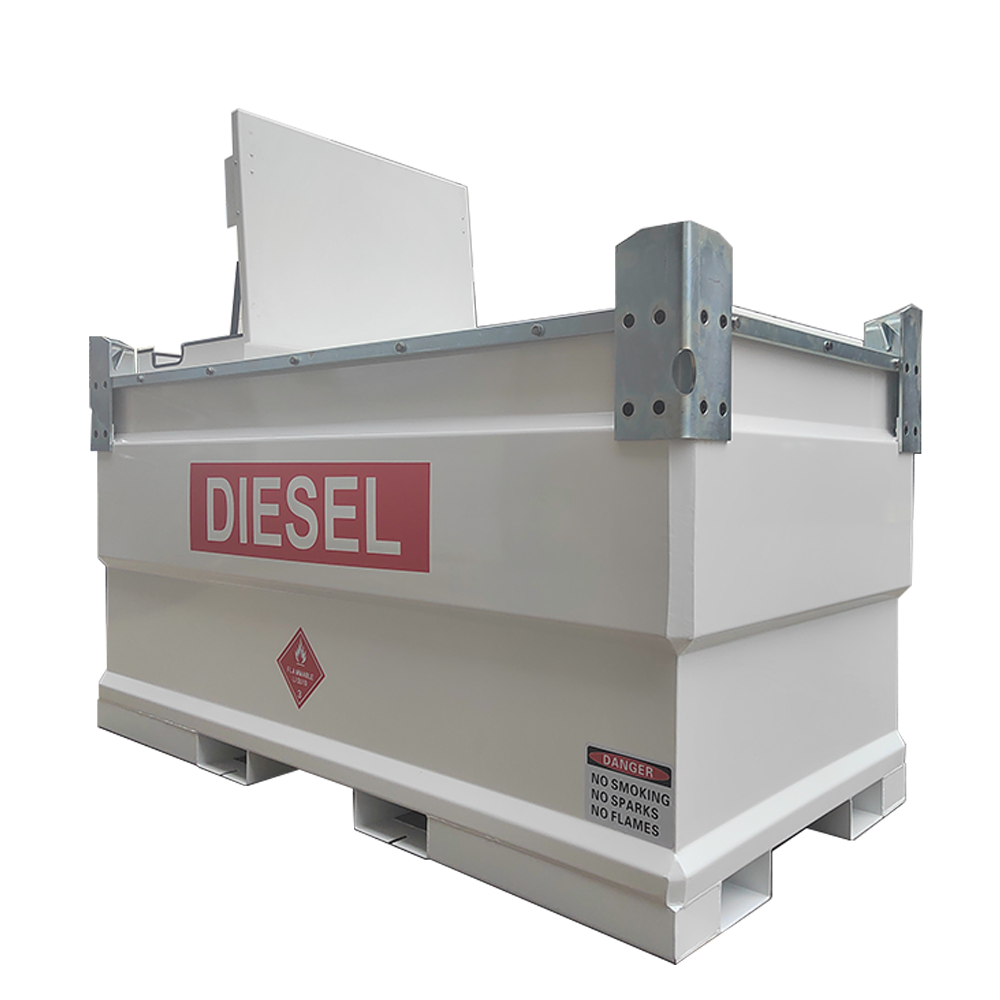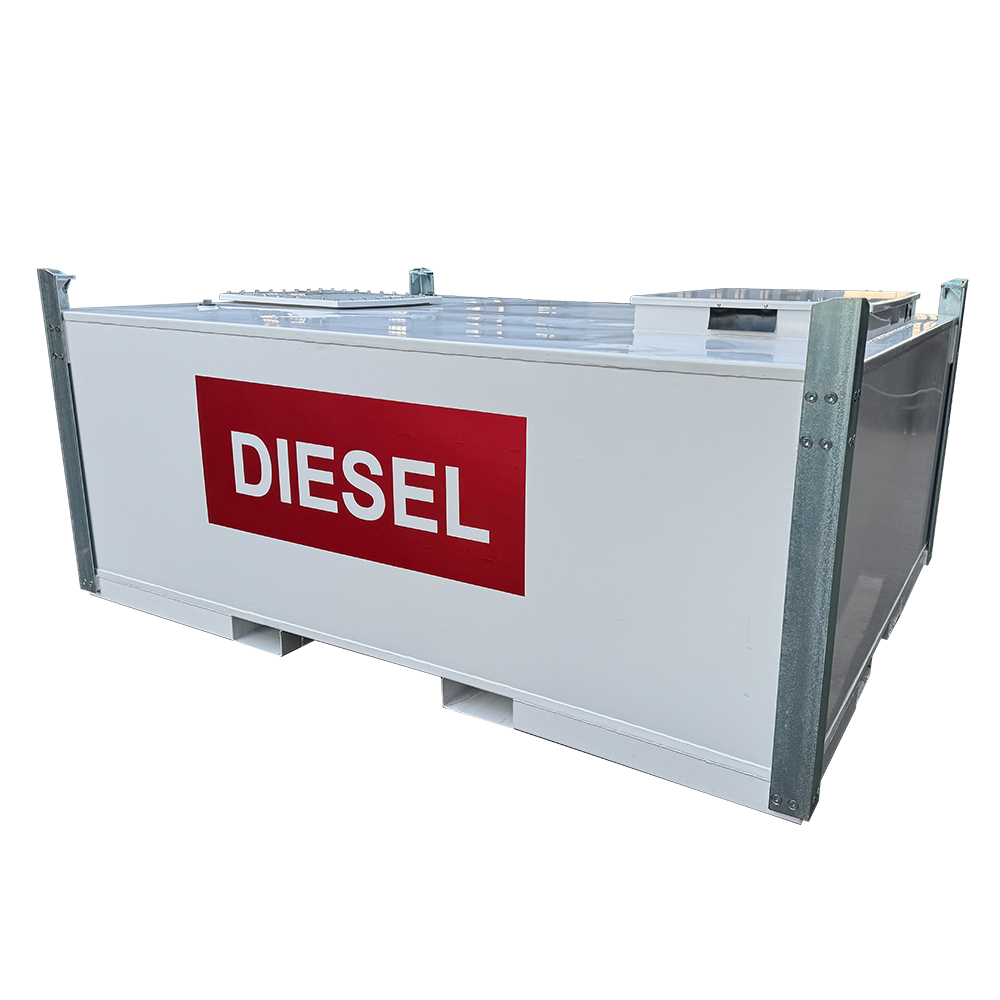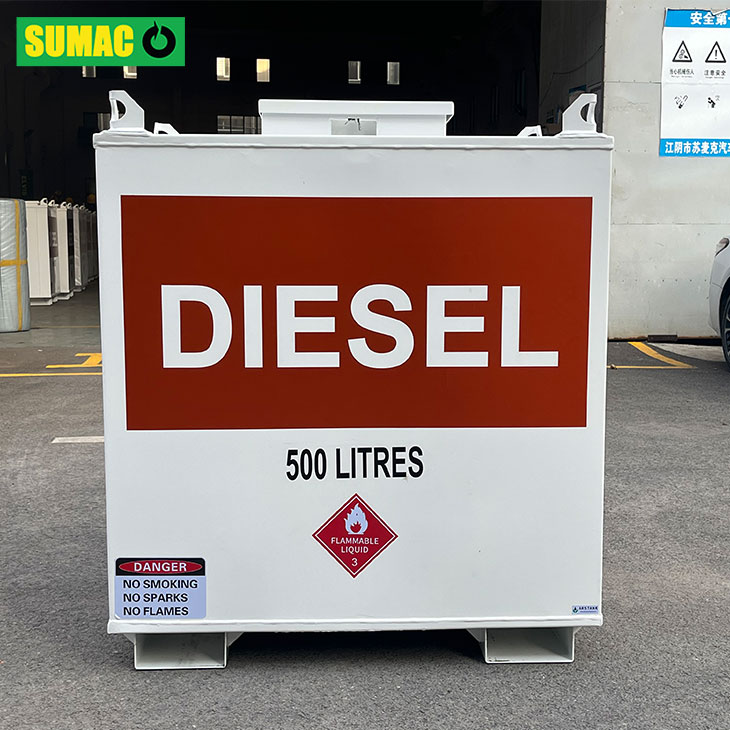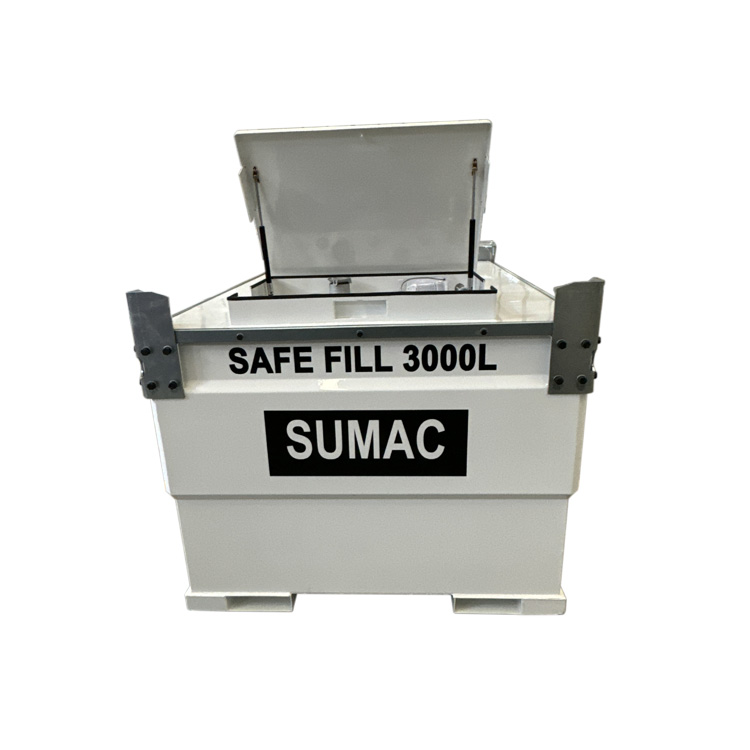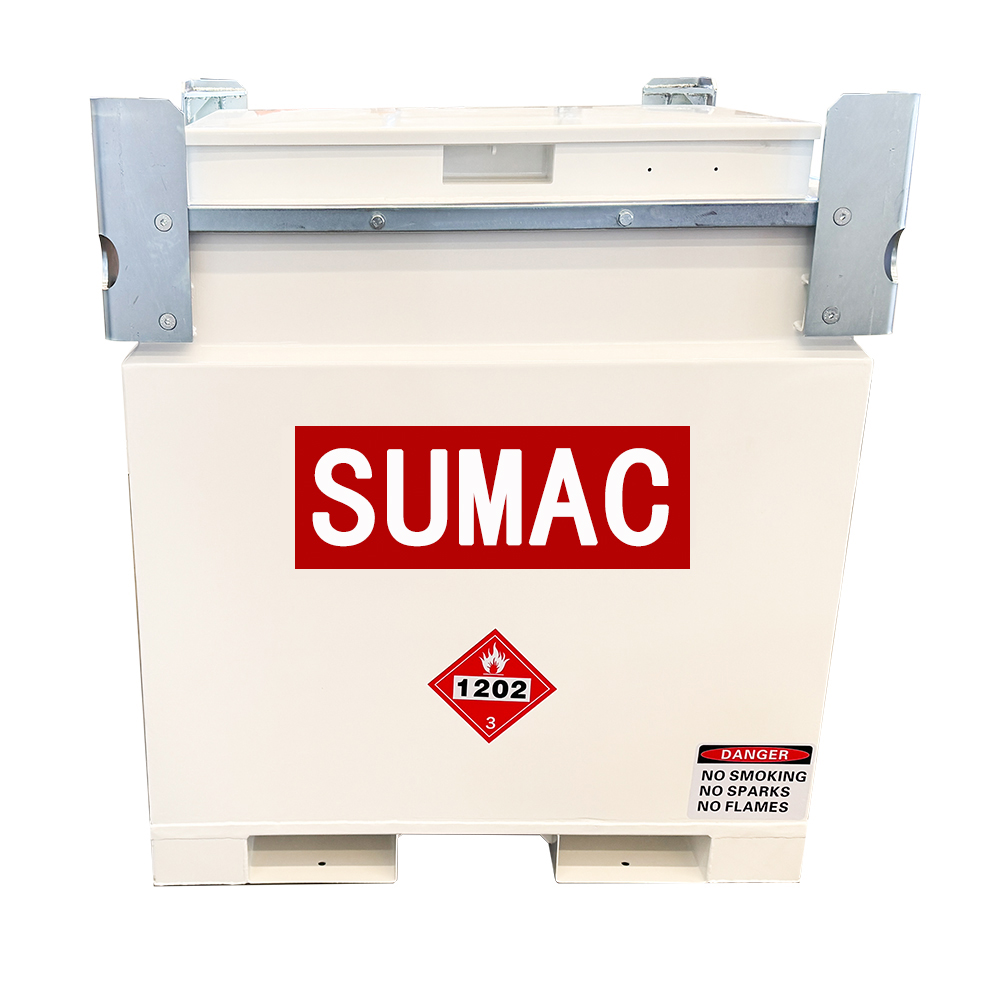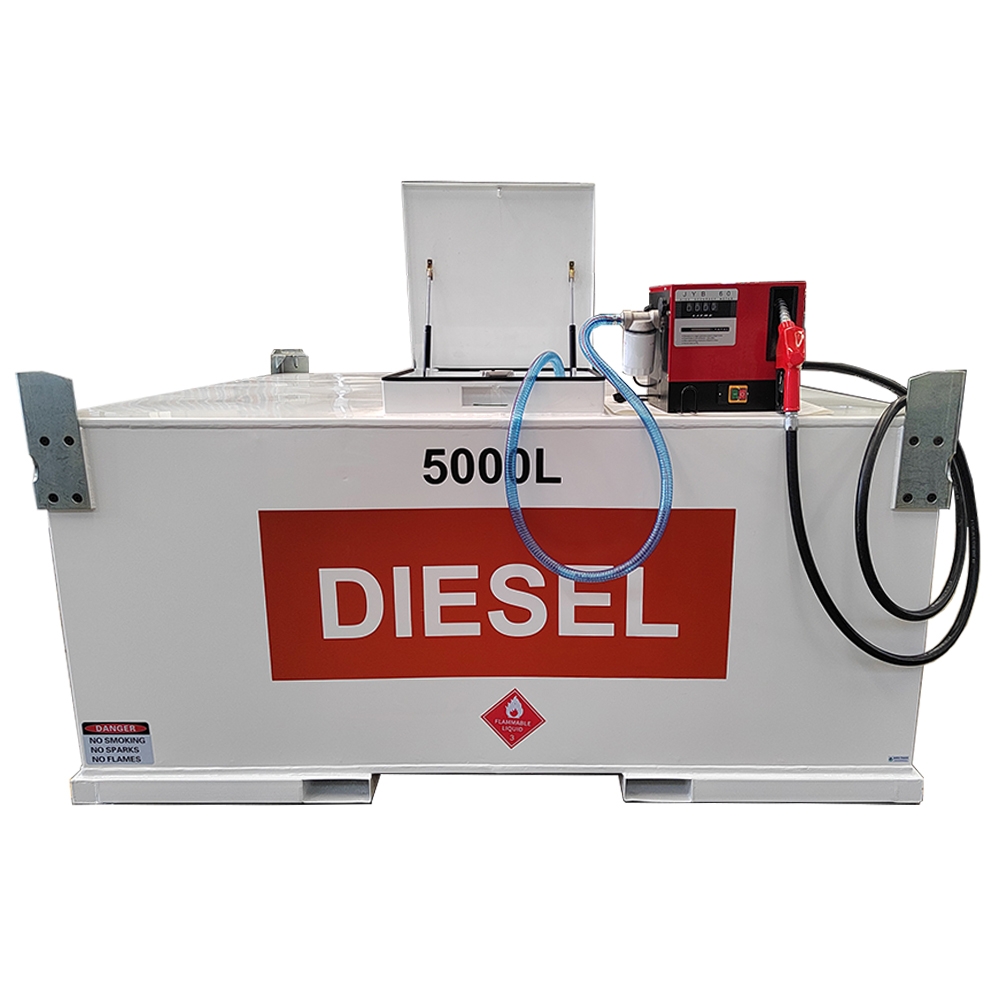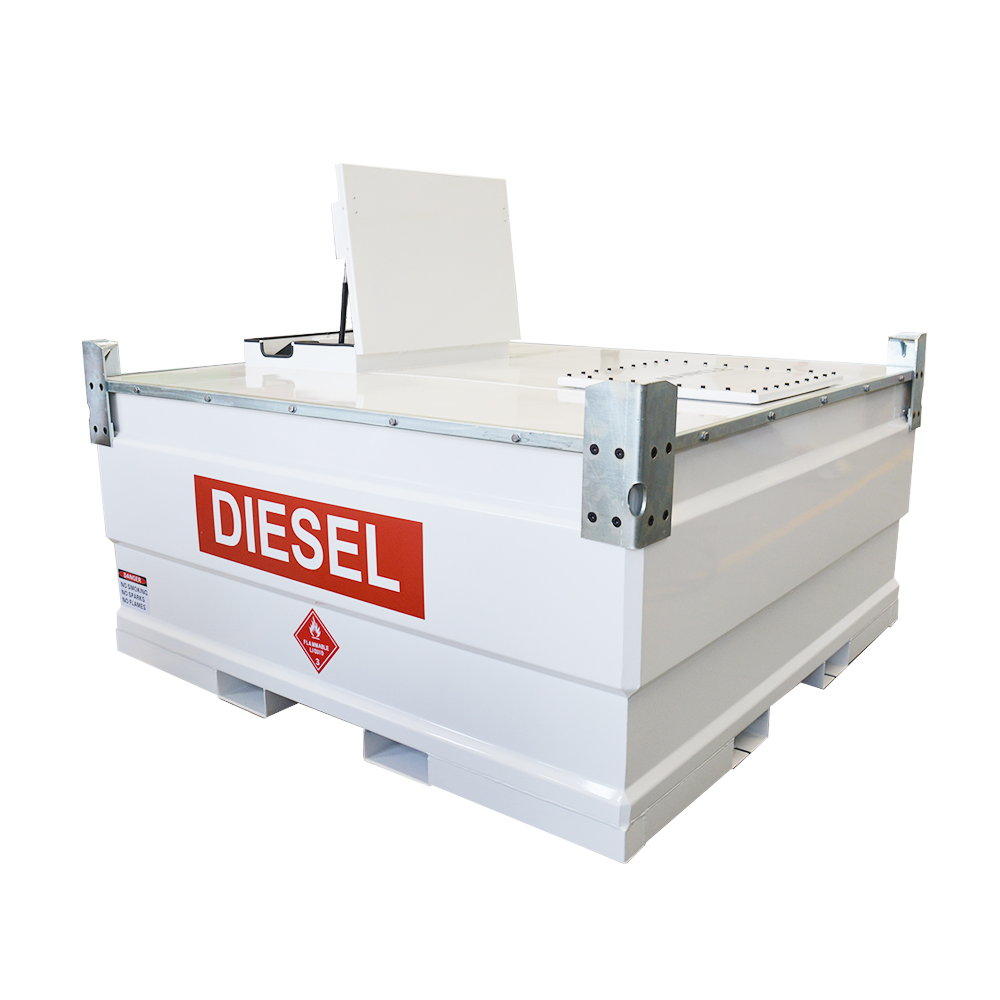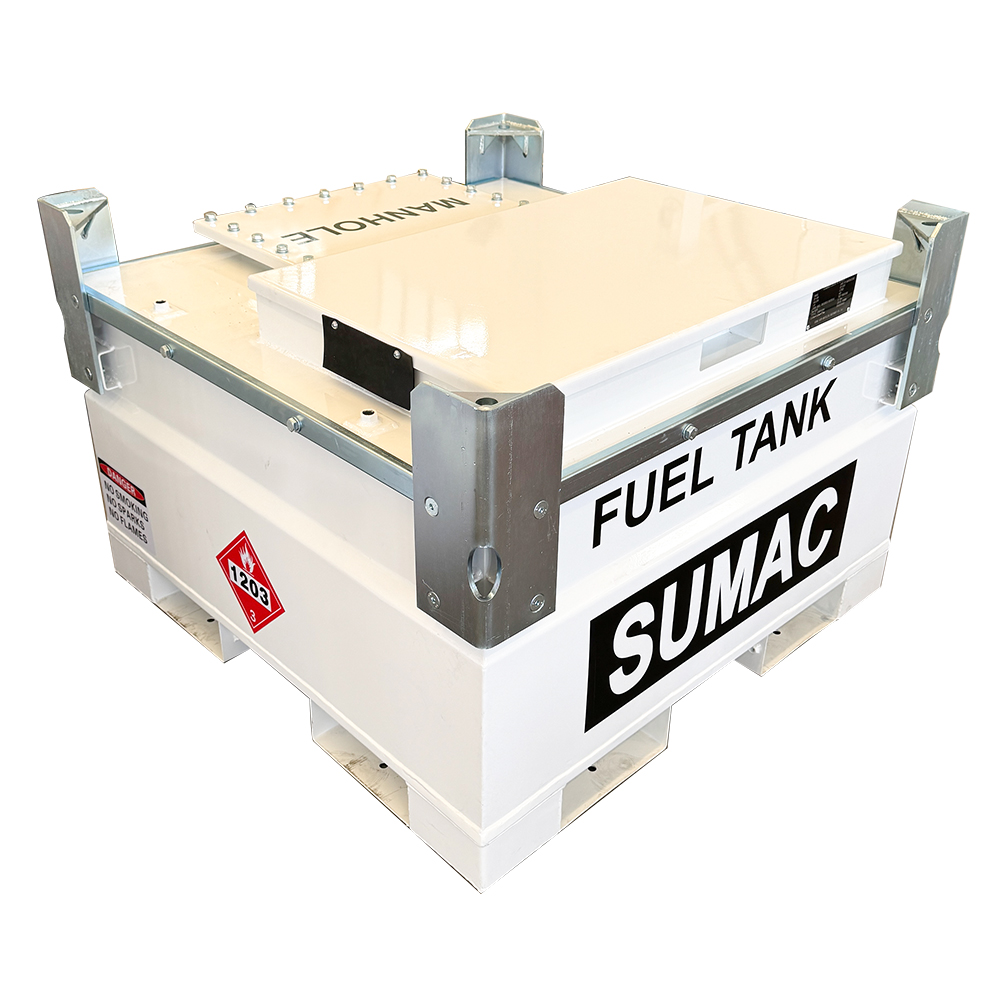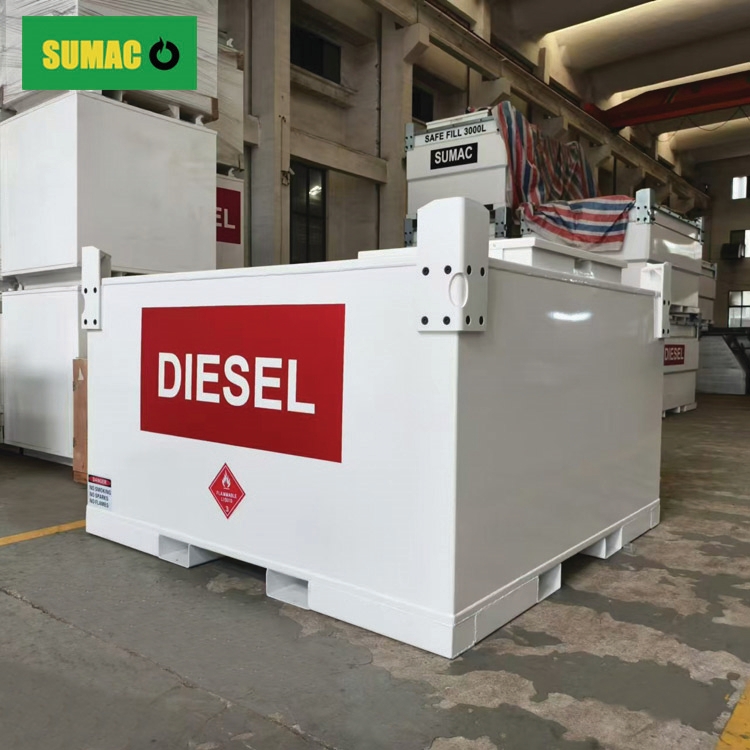-
How to store a carbon steel storage tankNov 03, 25Storing a carbon steel storage tank properly is crucial to prevent corrosion, structural damage, and maintain its usability for future use. Start with pre-storage preparation: first, empty the tank completely of any remaining substances—whether liquids or solids, leftover materials can cause internal corrosion or attract contaminants...
-
Which industries use carbon steel storage tanksNov 03, 25Carbon steel storage tanks are widely adopted across diverse industries, thanks to their balance of strength, affordability, and adaptability to various storage needs...
-
How to use a carbon steel storage tankNov 03, 25Using a carbon steel storage tank safely and effectively requires following guidelines tailored to its material properties and intended storage needs...
-
What is a carbon steel storage tankNov 03, 25A carbon steel storage tank is a specialized container designed for holding liquids, gases, or bulk materials, constructed primarily from carbon steel—a metal alloy composed of iron and carbon, with trace amounts of other elements like manganese or silicon...
-
How to verify a fuel cube tank’s qualityNov 01, 25Verifying the quality of a fuel cube tank requires a systematic check of its materials, structure, safety features, and performance to ensure it meets reliability and safety standards...
-
How to store a fuel cube tankNov 01, 25Storing a fuel cube tank properly is essential to maintain its durability, prevent damage, and avoid safety risks. Start by preparing the tank for storage: first, empty any remaining fuel completely—either use the fuel in compatible equipment or transfer it to a separate, approved storage container...
-
Does a fuel cube tank prevent leakageNov 01, 25Yes, a fuel cube tank is specifically designed to prevent leakage, with multiple structural and material-based features that minimize the risk of fuel seepage or spills...
-
How to clean a fuel cube tankNov 01, 25Cleaning a fuel cube tank requires systematic steps to ensure thoroughness while avoiding damage to the tank or contamination risks. Start by preparing the tank for cleaning...
-
What is a fuel cube tankNov 01, 25A fuel cube tank is a specialized, compact storage solution designed for safely holding various types of fuel, engineered to balance portability, durability, and efficiency...
-
Can a steel fuel tank avoid fuel contaminationOct 31, 25Whether a steel fuel tank can avoid fuel contamination depends on a combination of factors, including its material properties, sealing design, cleaning practices, and external environment—these elements together determine how well it prevents unwanted substances from mixing with the fuel inside...

